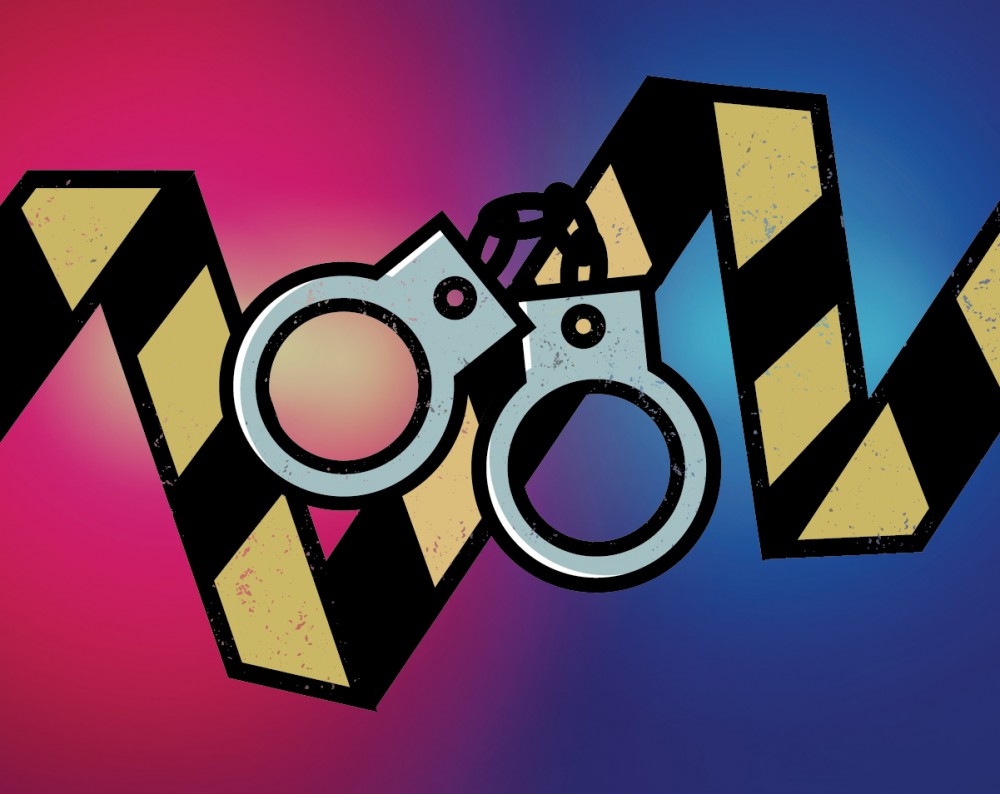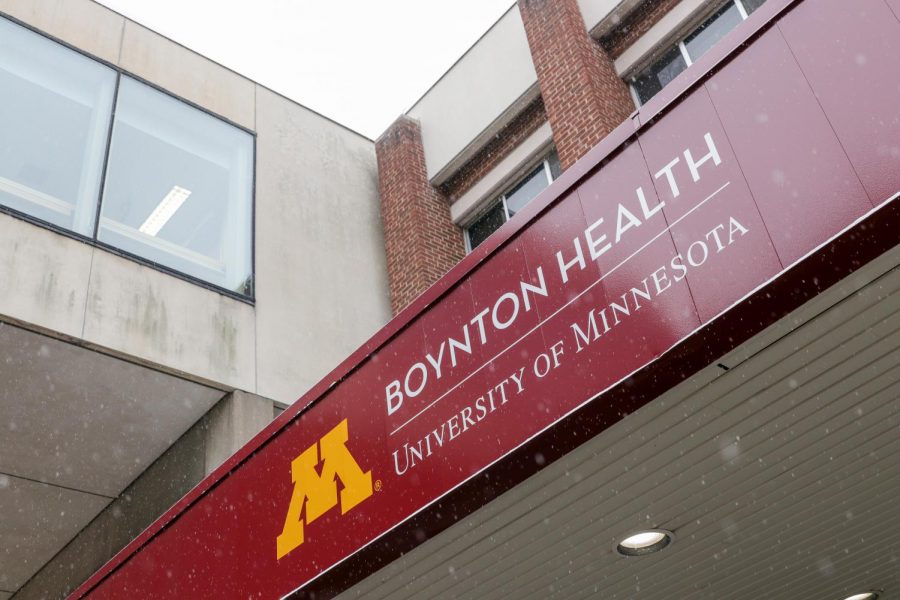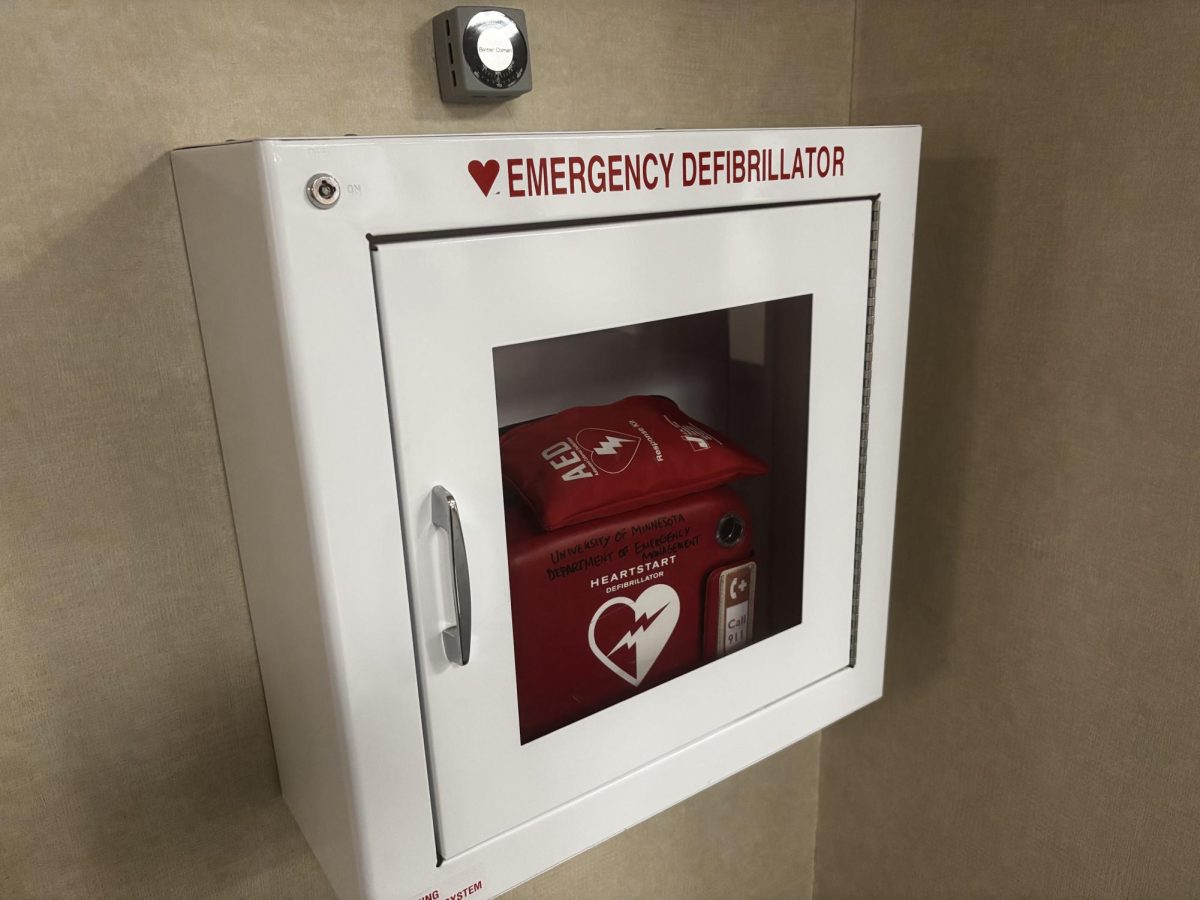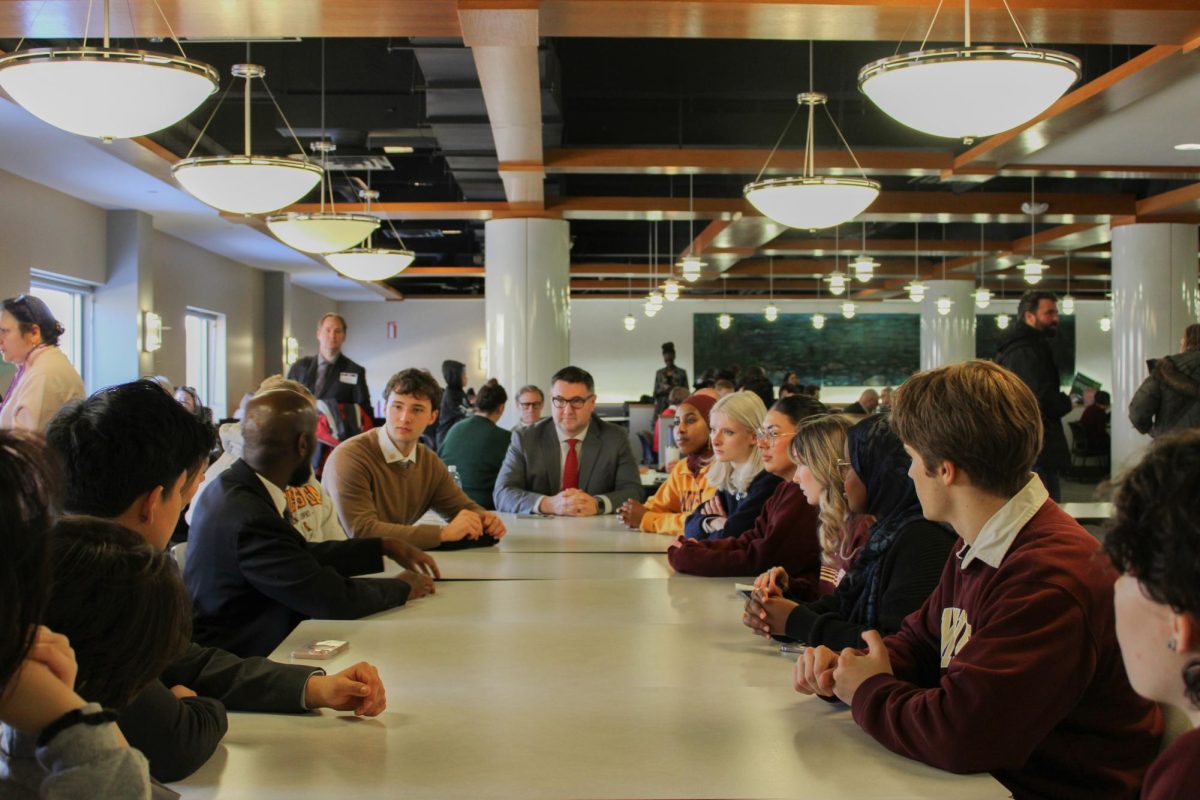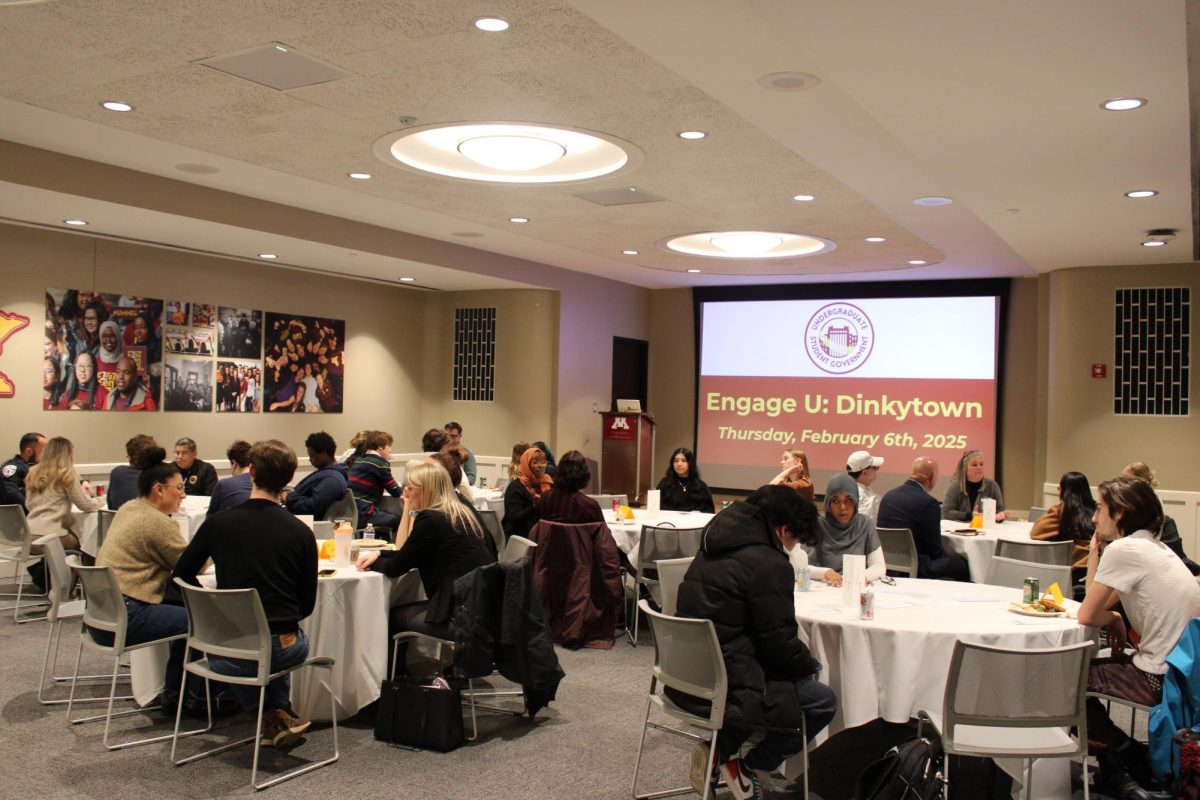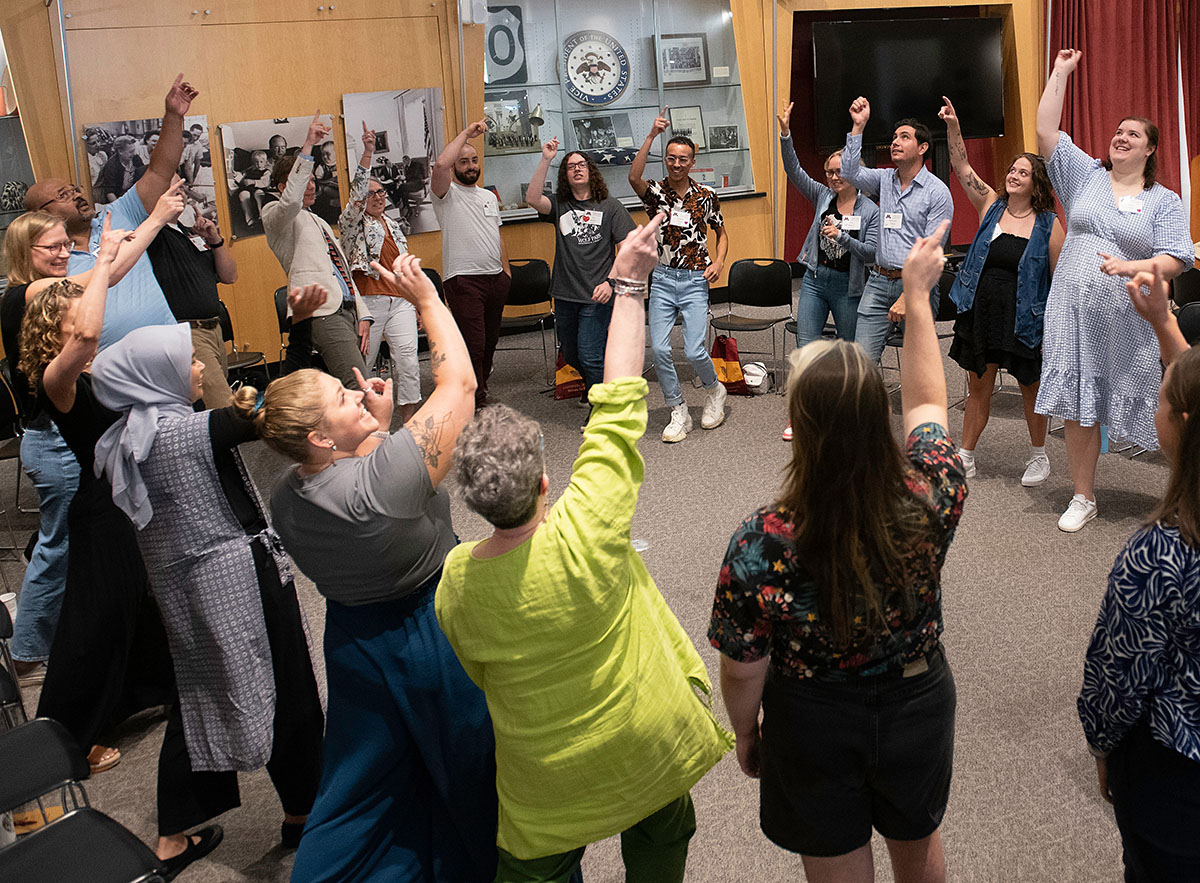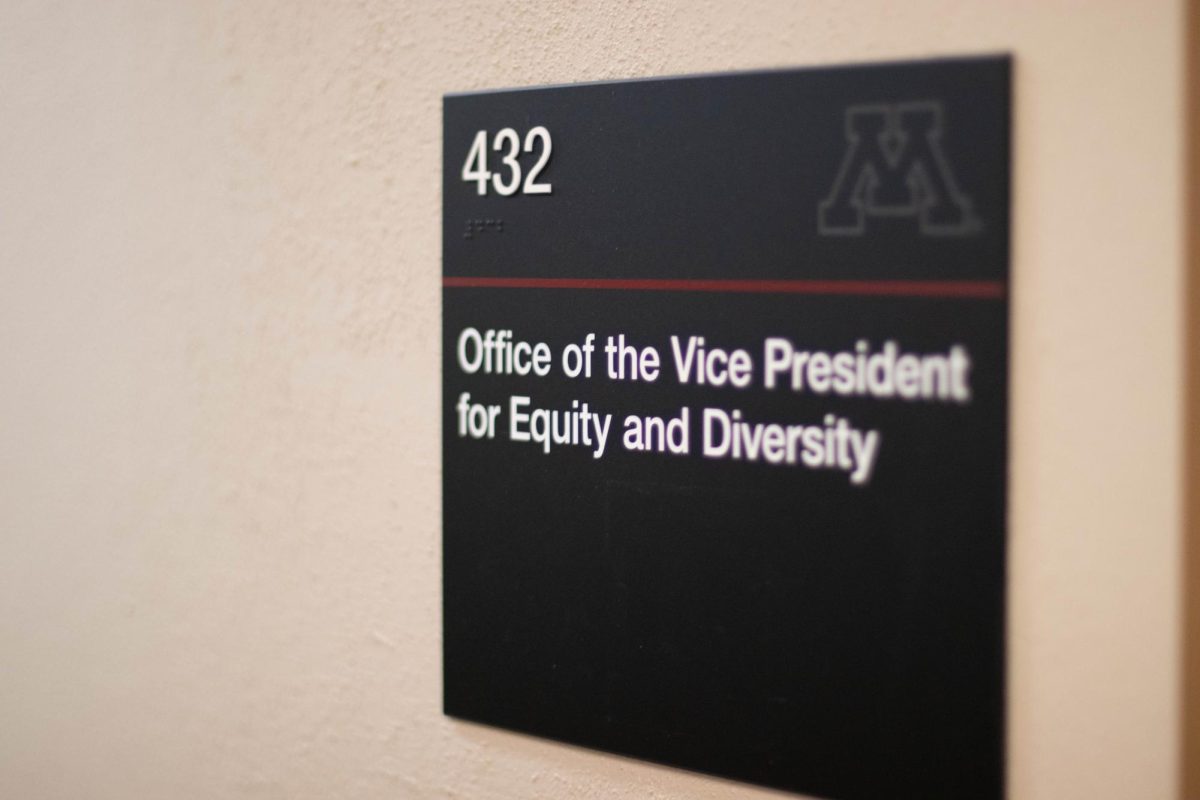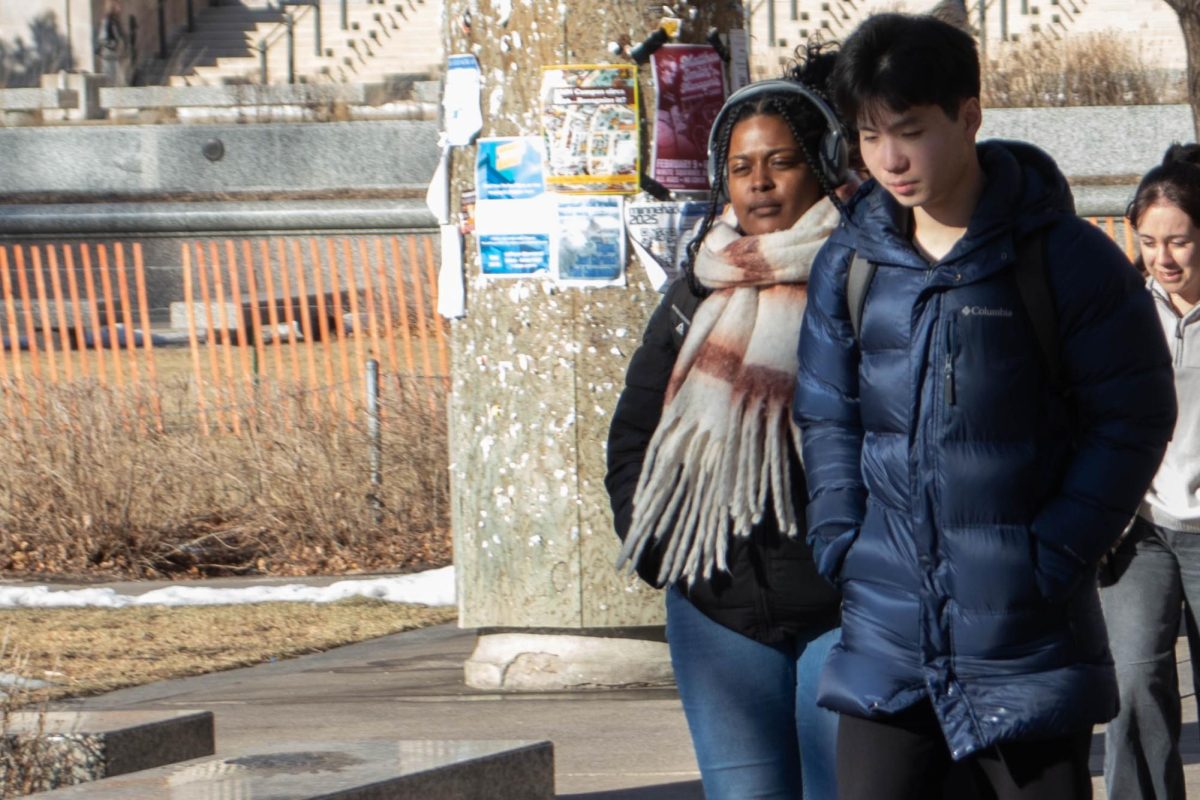As summer approaches, University of Minnesota students shared their thoughts on safety programs implemented over the school year and what is to come this summer.
The University faced an uptick in crime near campus last summer, including incidents of shootings and assaults on the 1700 block of University Avenue. This led to the University taking action and implementing pilot programs throughout the summer and 2022-2023 school year.
At the end of July 2022, the University partnered with Minneapolis for its Dinkytown Pedestrian Access Pilot. This program turned two zones into pedestrian-access-only areas from Thursday evenings through Sunday mornings during a three-week period
Jake Ricker, Public Relations Director for the University, said in an email statement to the Minnesota Daily, data collected showed that person crimes decreased 25% and property crimes decreased 40%.
Another major change was in the relationship between the University of Minnesota Police Department (UMPD) and other police departments. On Aug. 24, 2022, the Hennepin County Sheriff’s Office and the Minneapolis Police Department (MPD) began patrolling on and off campus in partnership with UMPD.
Following the firework assaults over Halloween weekend, the University ran Operation Gopher Guardian, which targeted law enforcement presence in Dinkytown and Marcy-Holmes. The initiative was a collaboration between the MPD, Hennepin County Sheriff’s Department, Minnesota State Patrol and UMPD.
This initiative ran the weekends of Nov. 4-5, 2022, and Nov. 11-22, 2022. Ricker said in his statement the first weekend was “very quiet on the public safety front,” and the second weekend had two carjackings.
The University also started the Dinkytown Alerts program in 2022, and plans to continue this initiative, according to Ricker.
In addition to all of the programs, the University also installed new infrastructure, including seven emergency kiosks and temporary light fixtures.
“When we look back on the past year, we’ve seen progress in many areas when it comes to preventing crime when possible and responding effectively to the feedback we’re hearing and the trends we’re seeing,” Ricker said in his statement. “We believe the public safety strategies we continue to put in place have shown promise and will be beneficial in the long term.”
Students say the initiatives show the University priotizes students safety
David Nunn, a second-year student at the University, said he thinks everything the University has done is a step in the right direction. He said he has noticed better communication from the University about safety procedures this year.
“I think it is a great start,” Will Necklen, a second-year student at the University, said. “I think what the University has done so far proves that safety is on the forefront of their agenda, which is much appreciated by students.”
Nunn and Necklen said they hope the University is able to increase the police presence on campus since they think it prevents people from committing crimes. They also agreed they hope the response time after a 911 call is made goes down.
“It’s good to see an overall ramp-up in the police force and presence they have on campus because as a student, it shows that they care about us,” Necklen said.
Nunn said one thing he would like to see is more communication about safety concerns. He suggested a code system to alert students if there is a threat in their residence halls or on campus, so students are not left in the dark like they were with the Middlebrook Hall incident, when students thought a shooter was in their residence hall.
“I think more of a presence working with students would be the most accurate way,” Nunn said.
Nunn suggested a survey to ask students which safety measures they would most appreciate and use.
Students and parents are concerned about safety over the summer
“It’s a little nerve racking,” Nunn said, referring to living near campus over the summer for the first time.
Nunn said he hopes the pedestrian access pilot is implemented again because it would make him feel safer when he is driving in the area and when he walks home. Nunn and Necklen said more police patrols in Dinkytown would also make them feel safer.
“It’s not the thing I have thought about most for living here over the summer, but it’s definitely been in the back of my mind,” Necklen said.
Brian Peck, president of the Campus Safety Coalition nonprofit and a parent of a University student, said the UMPD will have additional community service officers over the summer. Peck said these officers are not sworn in but uniformed, and they will be survailing in unmarked vehicles for extra safety. Peck said, currently, there are six, and they are working to fill four more positions.
“That is a great addition,” Peck said. “Being proactive and having that presence to step in and prevent crimes from happening in the first place.”
Peck said the coalition is asking the University to be more upfront and communicative about criminal activity on and near campus.
Ricker said the University will be using mobile lighting trailers in areas near campus and will continue using Dinkytown Safety Guides and Dinkytown alerts this summer. Ricker added this is in addition to the recruitment of unarmed community service officers by UMPD.
“We are also excited that our advocacy — along with the voices of students, faculty, staff and others — helped earn the support of Minneapolis city leaders to fund new and increased lighting in neighborhoods near campus,” Ricker said. “We know this and other public safety infrastructure being added in these neighborhoods, like additional blue light emergency kiosks and mobile security cameras, will further strengthen safety in these neighborhoods.”
Ricker said students can expect to see “many of the initiatives launched in recent years in action” this summer. He said depending on the outcome of current legislation, the University is hoping to receive additional funding to “modernize” security infrastructure, replace aging equipment and vehicles and add a new K-9 unit.
Peck said his concern for the summer is mostly centered on juveniles. Peck said many of them are repeat offenders because many of the rehabilitation centers juveniles would be sent to have been closed.
“The system is broken,” Peck said. “We’ve got Hennepin County officials that say rehab vs. incarcerate, yet Hennepin County doesn’t have any rehabilitation facilities.”
Peck said the coalition learned about repeat juvenile offenders from studying police reports.
He said they are trying to meet with the Hennepin County Administrator and Gov. Tim Walz to address the problem and find a solution.


